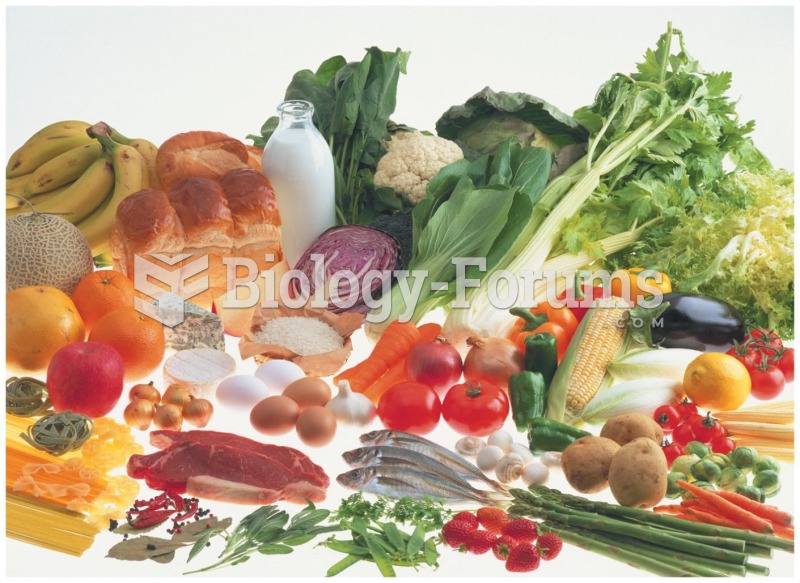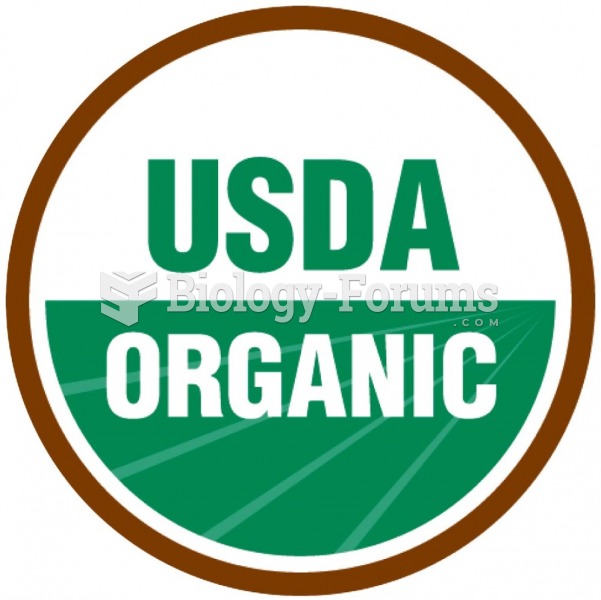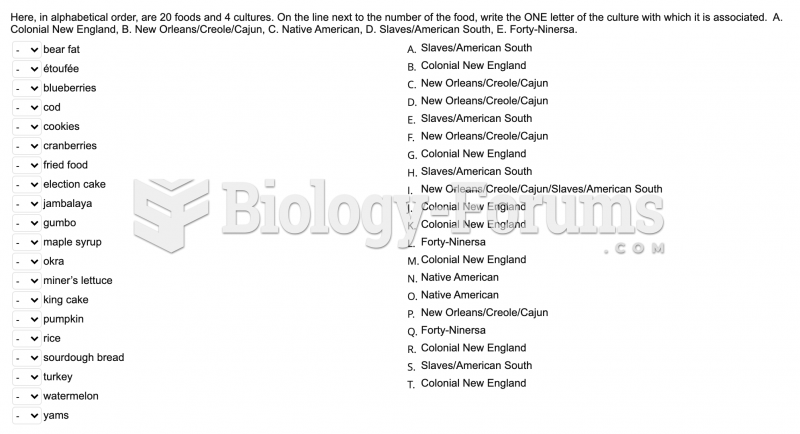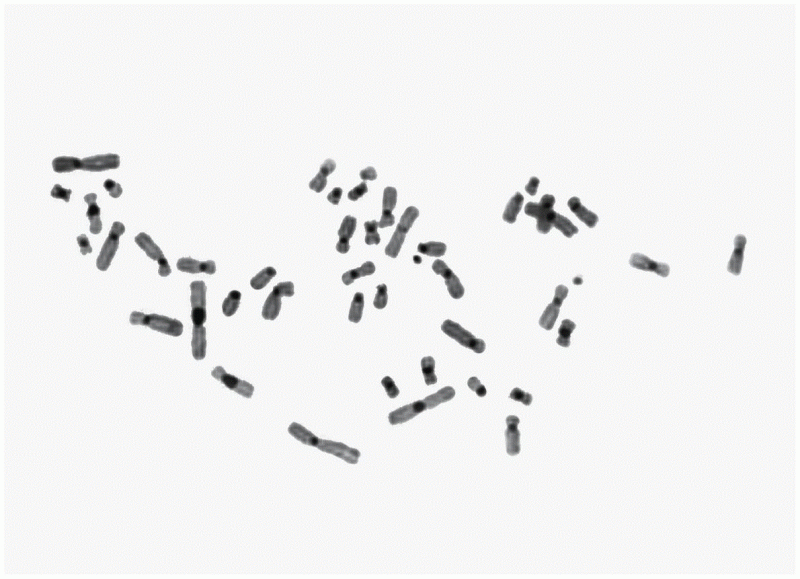Answer to Question 1Processed foods: foods that have been treated to change their physical, chemical, microbiological, or sensory properties.
Fortified: the addition to a food of nutrients that were either not originally present or present in insignificant amounts. Fortification can be used to correct or prevent a widespread nutrient deficiency or to balance the total nutrient profile of a food.
Refined: the process by which the coarse parts of a food are removed. When wheat is refined into flour, the bran, germ, and husk are removed, leaving only the endosperm.
Enriched: the addition to a food of specific nutrients to replace losses that occur during processing so that the food will meet a specified standard.
Whole grain: a grain that maintains the same relative proportions of starchy endosperm, germ, and bran as the original (all but the husk); not refined.
Answer to Question 2The USDA created an educational tool called MyPlate to illustrate the five food groups. The MyPlate icon divides a plate into four sections, each representing a food groupfruits, vegetables, grains, and protein foods. The sections vary in size, indicating relative proportion each food group contributes to a healthy diet. A circle next to the plate represents the milk group (dairy). The MyPlate icon does not stand alone as an educational tool.
A wealth of information can be found at the website (
www.choosemyplate.g ov). Consumers can choose the kinds and amounts of foods they need to eat each day based on their height, weight, age, gender, and activity level. Information is also available for children, pregnant and lactating women, and for vegetarians. In addition to creating a personal plan, consumers can find daily tips to help them improve their diet and increase physical activity. A key message of the website is to enjoy food, but eat less by avoiding oversized portions.







